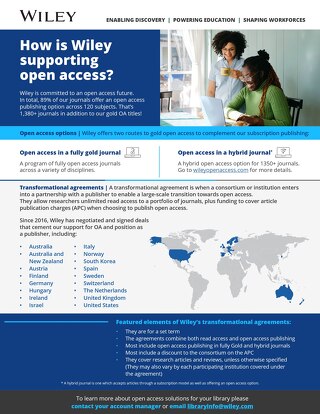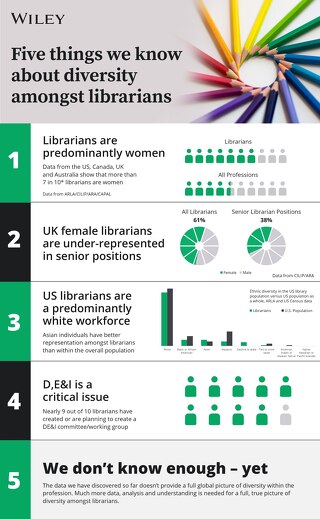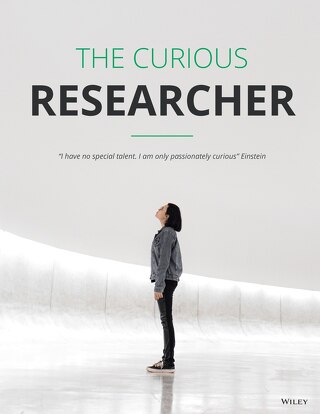early-career-librarian-series-incorporating-painless-feedback-into-your-library-instruction
April 04, 2019
Feedback and assessment are important components of a successful instruction program. Instruction sessions should change and improve based on the needs of the students and faculty, and without regular feedback, instructors run the risk of presenting obsolete or tiresome information.
This may sound intimidating, but there are quick and easy ways to incorporate useful feedback mechanisms. One such way is to introduce the use of minute papers and muddiest points.
Minute Papers
A minute paper is typically composed of 2-4 simple feedback questions, sometimes including muddiest points (discussed later), that should only take students a few minutes to answer. Using minute papers is a very common method of gathering feedback thanks to its easy and low-stakes implementation. Preparation for minute papers is simple - questions can be printed out on slips of paper to hand out, or if you are instructing in a computer lab, set up on polling programs such as PollEverywhere. Feedback using this method is normally anonymous and takes place at the end of the session. I do usually let students know at the beginning of an instruction session that I will be collecting this information, explain that I value their feedback, and encourage them to be as honest as possible in their responses.
Muddiest Points
A ‘muddiest point’ question can be included in a minute paper to help both students and instructors. Asking a student what confuses them or what they still feel they need to learn can help them thoughtfully review the presentation and take a minute to reflect on their needs. This then assists the instructor in improving the ‘muddiest’ areas for future presentations. Minute papers are very useful for keeping presentations fresh and straightforward. However, they provide two other benefits: keeping the students involved in the instruction conversation, and helping instructors develop a more objective view of their methods. Feedback may seem daunting and can yield negative comments, but beginning with a simple minute paper exercise can boost your confidence in conducting assessments and help you develop a thicker skin as you improve!
Some examples of minute paper questions:
1. What was the most useful point or topic covered today?
2. What was the muddiest point of today’s lecture?
3. What questions do you still have?
4. Which example (or resource, database, etc.) was the most helpful? The least?
More examples of minute paper templates can be found at the following links:
https://blendedtoolkit.wisc.edu/wp-content/uploads/2016/09/MInute-Paper.pdf
http://provost.tufts.edu/celt/files/MinutePaper.pdf









